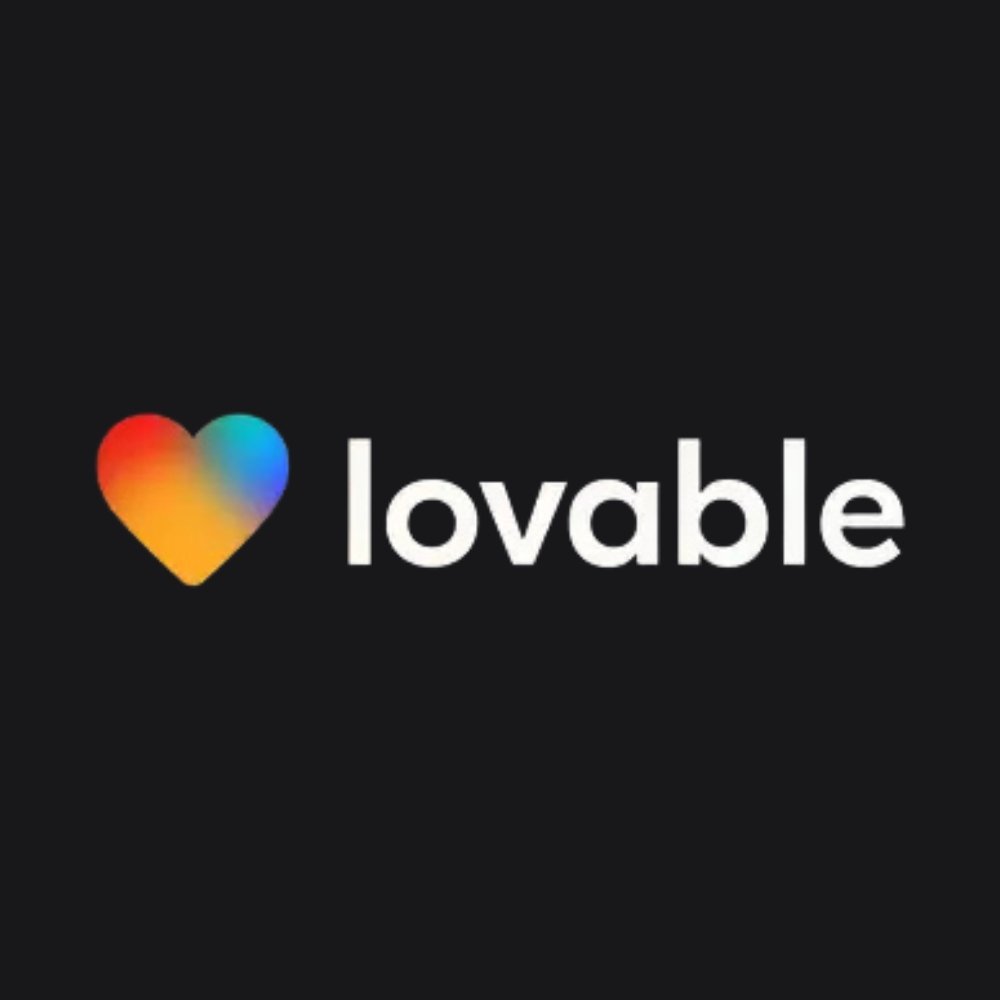The entertainment industry stands at the threshold of a revolutionary transformation, driven by artificial intelligence technologies that are reshaping how content is created, distributed, and experienced.
From blockbuster films to chart-topping music and immersive video games, AI tools are becoming indispensable assets for creators and studios worldwide.
This comprehensive exploration reveals how AI is fundamentally changing the entertainment landscape and what it means for creators, consumers, and the future of creative expression.
The AI Revolution in Film Production
The movie industry has embraced AI with remarkable enthusiasm, integrating intelligent systems into nearly every stage of production. These tools are not replacing human creativity but rather amplifying it, allowing filmmakers to achieve visions that were once impossible or prohibitively expensive.
Pre-Production and Script Development
AI-powered tools are transforming how stories are conceived and developed. Script analysis software can now evaluate screenplays, identifying pacing issues, character development gaps, and predicting audience reception based on historical data. These systems analyze thousands of successful films to provide insights that help writers refine their narratives before a single frame is shot.
Casting decisions have also been revolutionized by AI algorithms that can match actors to roles based on previous performances, audience appeal metrics, and even vocal characteristics. Studios use these tools to make more informed decisions, though the final creative choices remain firmly in human hands.
Visual Effects and CGI Enhancement
Perhaps nowhere is AI’s impact more visible than in visual effects. Deep learning algorithms can now generate photorealistic environments, de-age actors, or create entirely synthetic performances. The technology behind digital humans has advanced to the point where distinguishing between real and artificial performances requires careful scrutiny.
AI-driven tools offer several advantages in VFX production:
- Automated rotoscoping that would traditionally take weeks of manual labor
- Real-time rendering capabilities that allow directors to see final effects during shooting
- Intelligent upscaling that enhances older footage to modern resolution standards
- Crowd simulation systems that create thousands of unique digital extras with realistic behaviors
- Weather and environmental effects generation that responds dynamically to scene requirements
Post-Production Efficiency
Editing rooms have been transformed by AI assistants that can automatically organize footage, identify the best takes, and even suggest cut points based on emotional beats and pacing algorithms. Color grading tools powered by machine learning can match looks across different cameras and lighting conditions, maintaining visual consistency throughout a production.
Sound design has similarly benefited from AI innovation. Automated dialogue replacement (ADR) can now be performed with greater precision, and AI tools can generate ambient soundscapes that perfectly match on-screen environments. Some systems can even remove unwanted background noise while preserving dialogue quality, saving countless hours in sound mixing.
Music Creation and Production in the AI Era
The music industry’s relationship with AI has been both exciting and controversial, as these tools offer unprecedented creative possibilities while raising questions about authorship and artistic authenticity.
Composition and Songwriting Assistance
AI composition tools have evolved from simple melody generators to sophisticated systems capable of understanding music theory, genre conventions, and emotional resonance. Musicians and producers use these platforms to overcome creative blocks, explore new harmonic possibilities, and generate backing tracks that serve as foundations for original compositions.
These systems can analyze an artist’s existing catalog to suggest chord progressions, melodies, and arrangements that align with their established style while introducing fresh elements. Some tools specialize in specific genres, understanding the nuances that distinguish jazz from electronic music or classical from hip-hop.
Production and Mixing Technologies
Modern digital audio workstations (DAWs) now incorporate AI features that streamline the production process. Intelligent mixing assistants can balance levels, apply compression and EQ, and even master tracks to professional standards. While experienced producers still prefer hands-on control, these tools democratize music production, allowing bedroom producers to achieve radio-ready sound quality.
Vocal processing has been particularly transformed by AI. Pitch correction has become more natural-sounding, and tools can now modify vocal characteristics, change pronunciation, or even generate harmonies that perfectly complement lead vocals. Some controversial applications allow producers to synthesize vocals in the style of existing artists, raising important questions about consent and copyright.
Music Discovery and Personalization
Beyond creation, AI has revolutionized how listeners discover and experience music. Streaming platforms employ sophisticated recommendation algorithms that analyze listening patterns, mood indicators, and contextual factors to curate personalized playlists. These systems have become remarkably adept at introducing listeners to new artists while maintaining engagement with familiar favorites.
The technology considers multiple factors:
- Acoustic analysis of song characteristics like tempo, key, and energy
- Collaborative filtering based on listening patterns of similar users
- Contextual awareness including time of day, activity, and location
- Lyrical content analysis for thematic and emotional matching
- Cultural and social trends that indicate emerging popular music
Gaming: Where AI Shows Its Full Potential
Video games represent perhaps the most natural application of AI in entertainment, as interactive experiences have always required intelligent systems to respond to player actions. Modern AI tools are pushing gaming toward unprecedented levels of immersion and realism.
Non-Player Character (NPC) Intelligence
Traditional game AI relied on simple decision trees and scripted behaviors that players could quickly recognize and exploit. Contemporary AI-driven NPCs exhibit more nuanced, unpredictable behaviors that make game worlds feel genuinely alive. These characters can adapt to player strategies, remember previous interactions, and respond with contextually appropriate dialogue and actions.
Advanced NPCs demonstrate several improvements over traditional programming:
- Adaptive difficulty that adjusts challenge level based on player performance
- Dynamic dialogue generation creating unique conversations rather than repeating scripted lines
- Emergent behaviors resulting from complex decision-making systems rather than predetermined scripts
- Emotional modeling that gives characters believable reactions to game events
- Learning capabilities that allow NPCs to improve tactics over multiple encounters
Procedural Content Generation
AI-powered procedural generation has exploded in sophistication, creating vast, detailed game worlds that would be impossible to design manually. These systems can generate entire planets with consistent ecosystems, cities with logical layouts and architectural styles, or dungeons that offer fresh challenges with each playthrough.
The technology extends beyond environments to include quest generation, narrative branching, and even music that adapts to gameplay intensity. This approach offers players nearly infinite content while reducing development costs and timelines for studios.
Player Experience Personalization
Modern games use AI to tailor experiences to individual players. Analysis of gameplay patterns allows systems to adjust difficulty curves, highlight relevant content, and even modify narrative elements to align with player preferences. This personalization occurs dynamically, often without players consciously noticing the adjustments.
Some games employ AI coaches that provide hints and guidance calibrated to player skill level, ensuring that challenges remain engaging without becoming frustrating. Accessibility features powered by AI help players with disabilities enjoy games through adaptive controls, visual assistance, and customized interfaces.
Game Development Tools
Behind the scenes, AI tools are accelerating game development itself. Automated testing systems can play through games thousands of times, identifying bugs, balance issues, and progression problems that human testers might miss. Art generation tools help create textures, models, and animations, allowing small teams to produce content at scales previously requiring large studios.
Comparative Impact Across Entertainment Sectors
Different entertainment sectors have adopted AI at varying rates and with different priorities. Understanding these distinctions helps illuminate where the technology is heading.
| Aspect | Film Industry | Music Industry | Gaming Industry |
|---|---|---|---|
| Primary Use Cases | VFX, editing, script analysis | Composition aids, mixing, discovery | NPC behavior, world generation, testing |
| Adoption Rate | High in production, moderate in creative | Moderate with growing acceptance | Highest adoption across all areas |
| Controversy Level | Low to moderate | High regarding authenticity | Low, expected as core technology |
| Impact on Jobs | Augments roles, creates new positions | Concerns about displacement | Creates demand for AI specialists |
| Consumer Awareness | Often invisible to audiences | Increasingly visible and discussed | Integrated expectation |
| Creative Control | Primarily tool-based assistance | Ranges from assistance to full generation | Core game mechanic and development tool |
Ethical Considerations and Creative Concerns
The integration of AI into entertainment raises important questions that the industry continues to grapple with. These concerns span artistic, economic, and social dimensions.
Authenticity and Artistic Integrity
Many creators worry that AI-generated content lacks the human touch that makes art meaningful. The debate intensifies when AI tools are used to create work in the style of specific artists or to complete unfinished projects after an artist’s death. Finding the balance between technological capability and artistic respect remains an ongoing challenge.
Employment and Industry Structure
While AI creates new opportunities, it also threatens traditional roles. Visual effects artists, session musicians, and quality assurance testers all face uncertainty about how their professions will evolve. The industry must navigate this transition thoughtfully, ensuring that efficiency gains don’t come at the cost of livelihoods.
Copyright and Ownership
Legal frameworks struggle to keep pace with AI capabilities. Questions about who owns AI-generated content, whether training AI on copyrighted material constitutes infringement, and how to credit or compensate human contributors remain largely unresolved. These issues will likely require new legislation and industry standards.
Deepfakes and Misinformation
The same technologies that create movie magic can produce convincing fake videos of real people. The entertainment industry has a responsibility to establish safeguards against misuse while preserving legitimate creative applications. Watermarking, disclosure requirements, and consent protocols are being developed but remain imperfect solutions.
The Future Landscape of AI Entertainment
Looking ahead, AI’s role in entertainment will likely expand in ways that today seem science fictional. Several trends appear poised to reshape the industry further.
Hyper-Personalized Content
Future entertainment might be generated on-demand, tailored to individual preferences. Imagine films that adjust their genre elements based on viewer mood, or games that generate unique storylines for each player. While technically feasible, this raises questions about shared cultural experiences and the communal nature of entertainment.
Interactive and Adaptive Narratives
The boundary between passive consumption and active participation may blur. Films could incorporate game-like elements where viewer choices influence outcomes, while games might feature cinematic production values with AI-generated cutscenes that reflect player decisions. Music might adapt in real-time to listener biofeedback, creating truly personalized soundscapes.
Collaborative Human-AI Creation
Rather than viewing AI as either replacement or tool, the future likely involves genuine collaboration where human creativity and machine capabilities combine in new ways. Artists might sketch concepts that AI expands into detailed implementations, or AI might generate raw material that human creators refine into finished works.
Democratization and Accessibility
As AI tools become more powerful and accessible, barriers to entry in entertainment industries will lower. Independent creators will access capabilities once exclusive to major studios, potentially diversifying the types of stories told and who gets to tell them. This democratization could lead to an explosion of creative content from previously underrepresented voices.
Practical Considerations for Creators and Enthusiasts
For those interested in leveraging AI tools in entertainment projects, several considerations can guide effective implementation.
Choosing the Right Tools
The AI tool landscape is vast and rapidly evolving. Creators should evaluate options based on specific needs, budget constraints, and technical capabilities. Many platforms offer free tiers or trials that allow experimentation before commitment. Community forums and comparison reviews provide valuable insights into tool effectiveness and learning curves.
Developing AI Literacy
Understanding AI’s capabilities and limitations helps creators use these tools effectively. Basic knowledge of how machine learning works, what training data means, and how to interpret AI-generated suggestions enables better decision-making and more sophisticated applications.
Maintaining Creative Vision
AI tools work best when serving a clear creative vision rather than substituting for one. Successful creators use AI to overcome technical obstacles and explore possibilities while maintaining firm control over artistic direction. The technology should enhance human creativity, not replace it.
Staying Informed About Ethics
Keeping abreast of ethical debates, legal developments, and industry best practices ensures responsible AI use. This includes understanding licensing requirements for training data, respecting intellectual property rights, and being transparent about AI’s role in creative work.
Conclusion
AI has already transformed entertainment in profound ways, and its influence will only grow. From the visual effects that bring impossible scenes to life, to the music discovery algorithms that introduce listeners to their next favorite artist, to the intelligent game worlds that respond dynamically to player choices, artificial intelligence has become woven into the fabric of modern entertainment.
The technology offers tremendous promise for creators, providing tools that amplify human creativity and make professional-quality production accessible to broader audiences. For consumers, AI enables more personalized, engaging experiences across all entertainment mediums.
Yet this transformation comes with responsibilities. The industry must navigate ethical challenges around authenticity, employment, and the fundamental nature of creativity. Success will require thoughtful implementation that preserves what makes entertainment meaningful—the human stories, emotions, and connections that resonate across audiences.
As AI capabilities continue advancing, the entertainment landscape will evolve in ways we can barely imagine today. Those who understand these tools, apply them thoughtfully, and remain committed to genuine creative expression will be best positioned to thrive in this exciting new era. The future of entertainment isn’t about choosing between human creativity and artificial intelligence—it’s about discovering how they can work together to create experiences that neither could achieve alone.
Discover more from AI Nextgen Tools
Subscribe to get the latest posts sent to your email.




